  |
| By Christy Gibbs |
The quick lowdown: Summer, Kyushu, 1966. A first-year high school student moves from bustling Yokosuka to live with his aunt and uncle in the more rural Sasebo. Up until this point, Kaoru has been a model student whose social anxiety has kept him from making any meaningful relationships with others. He plays classical piano, but possibly only as a result of the pressures he feels from his home life.
His meeting with notorious bad boy and drummer Sentaro will change not only his outlook on life, but also the way he approaches music forever.
It felt inevitable that I should review this anime at some point – as a fan of Watanabe Shinichiro’s, who’s masterpiece Cowboy Bebop is still easily one of the best anime of all time, I was certainly getting excited about Sakamichi no Apollon months before it’s televised release date. To add to my euphoria, legendary composer Kanno Yoko was once again behind the soundtrack; with their superpowers combined, what could possibly go wrong?
In the interests of fairness, I should point out that I tend to be fairly harsh on anime that I feel can be held to higher standards than your average release – had Watanabe and Kanno not been involved in Sakamichi no Apollon’s production, I would no doubt be less critical of the details even if everything else about the anime had been exactly the same. (That said, I may as well just get this out of the way now and say that I enjoyed this series very much – while it occasionally had its weaker moments, it was still by far the best anime release of 2012.)
I’d like to start off by tackling the show’s artwork and animation, since this was evidently going to be one of Sakamichi’s major draw cards given the names behind it. Prior to Sakamichi, Watanabe’s style has for the most part tended towards a relatively realistic feel, with most of his characters designed to have smaller eyes and an all-around grittier vibe than what you might see in many other shows. Then again, Watanabe had never directed a series primarily involving teenagers before, much less one targeted towards the josei demographic. Of course, whereas Cowboy Bebop and Samurai Champloo were created by Watanabe from scratch, a manga version of Sakamichi was already in existence, and so the artwork was already predetermined to some extent – cue larger eyes and a much cleaner, more innocent vibe than you could obviously expect from an action series. Whatever the feelings of viewers about this type of project, there’s no denying that the animation of Sakamichi was flat out stunning.
I very much hope that anyone watching this does so in high definition; it would be a waste not to. Every movement is smooth, but there are several scenes where my inner fangirl was flailing simply because of how beautifully things were animated. Scenes depicting Sentaro’s character on the drums are particularly stunning – the hand movements look exactly like they really would had an actual person been playing, and it truly is pleasure just to watch.
Which I suppose brings me to the musical aspects of the series, and I’m a little in two minds about this. Don’t get me wrong, the music is nothing but lovely, and more importantly it fits well with the tone of the anime. However, I can’t deny that I went in expecting something more… I want to say something vague and unquantifiable like ‘va voom’. See, whenever Kaoru and Sentaro play a set together I’m absolutely beside myself with delight, because the musical vibe at these points really is that good, but I’m just not sure that this happened quite often enough. Of course, a show where the main characters do nothing else at all besides play jazz would probably have eventually gotten monotonous regardless of who was in charge of the music, but whereas Cowboy Bebop‘s background music is striking nearly all the time no matter what kind of scene it is, the background music in Sakamichi just kind of blends in to the background. It’s perfectly nice, but that’s about it – and given that it’s the one and only Kanno behind this piece of work, I expected something a bit more than simply ‘nice’.
In fact, having read back over that last paragraph I really do wish that Sakamichi had spent more time with Kaoru and Sentaro (and the rest of the gang) playing their instruments. Looking back over each episode, there’s no doubt at all in my mind that the strongest were the ones that focused more on the music. In episode one, Kaoru is first introduced to jazz and frantically tries to put together a good rendition of “Moanin'”, at first to show Sentaro that he can but then mostly because the jazz starts to work its magic on him. In the fourth episode, he and the group play a live session at a bar before being interrupted by a drunken American aggressively insisting that they only play ‘white jazz’. And in episode seven, Kaoru and Sentaro give an impromptu but magnificent jazz medley at their school festival in order to keep the crowd’s attention when the electricity cuts out halfway through another group’s performance. These are the episodes I don’t just like but rather adore. Those episodes that focus more on the romantic interactions between Kaoru and Ritsuko aren’t bad by any means, but they just don’t have the same intense pull for me that the others do. In part this is probably because school crushes and teenage love triangles have been standard fare for decades now, no matter how people try to make it interesting and original, but mostly it’s because those jazz-centered episodes always keep me wanting more – much like the effect that jazz has on Kaoru.
That said, I’m content with the anime’s final conclusion. People tell me that the manga is much more in-depth and follows Kaoru’s life through university and such, but as a mostly non-manga reader, this review is concerned with the anime only. And I’m happy that Yurika sticks with Junichi (the latter being my favourite character of the series), just as I’m also glad that Kaoru and Ritsuko don’t end up together, which would have felt a bit too convenient. I also love that, even after all the romantic tensions between some of the characters, Sakamichi still finishes on a musical note, with Kaoru and Sentaro playing “Moanin'” on the church organ and old drum kit like no time at all had passed between them.
In the end, the heart of the anime for me lies in three close friends who are all brought together, in one way or another, through their shared love of jazz.


















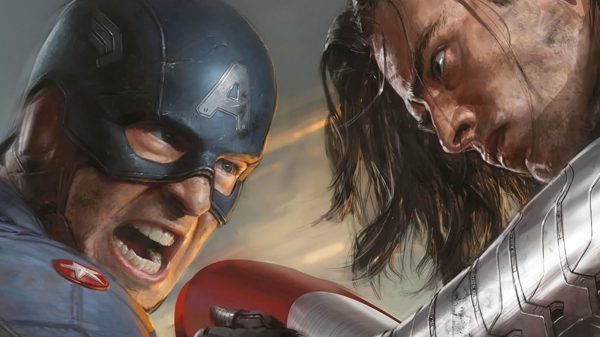



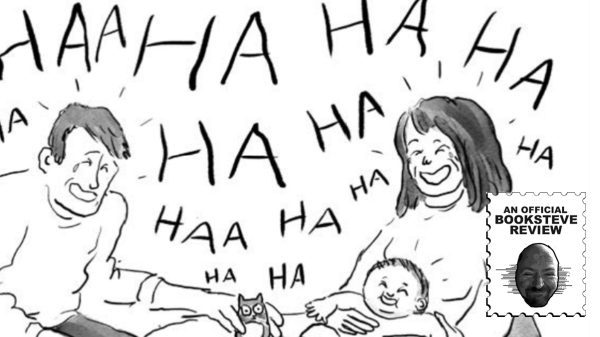




























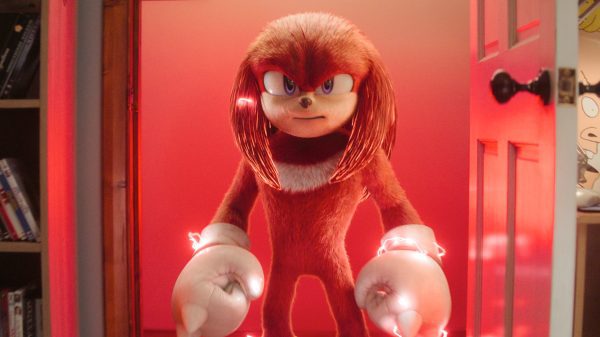





































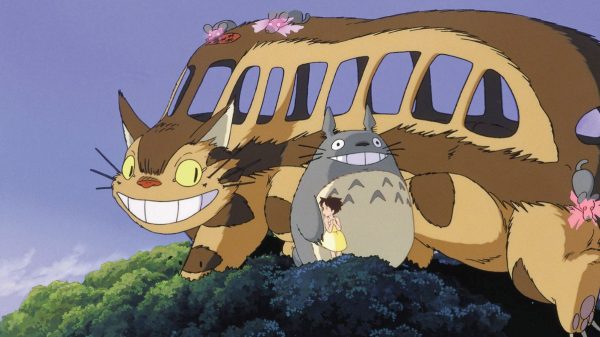
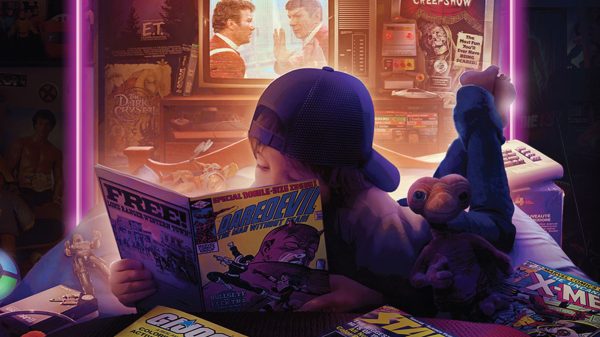


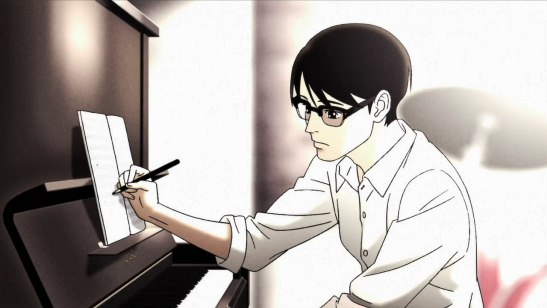











You must be logged in to post a comment Login